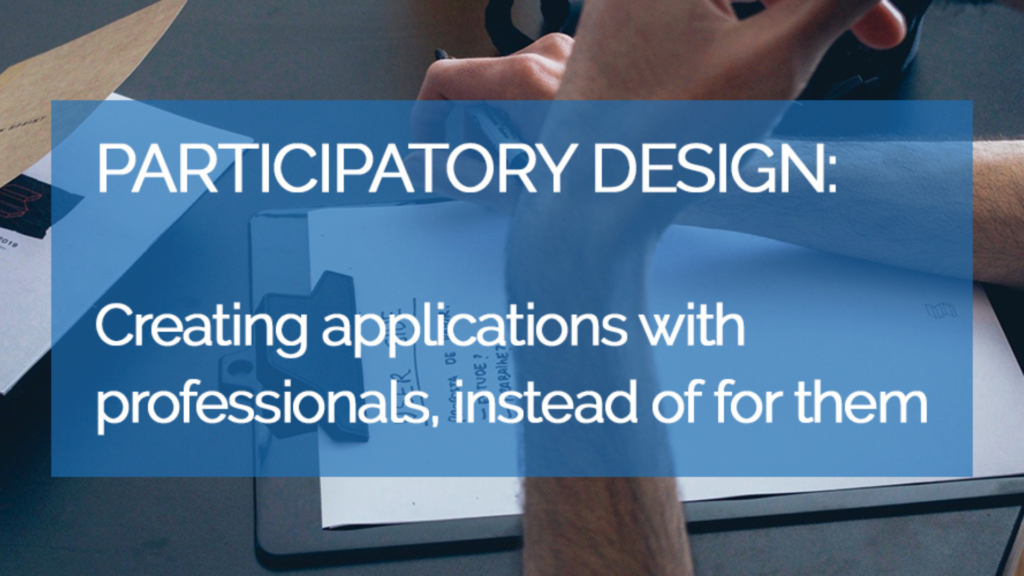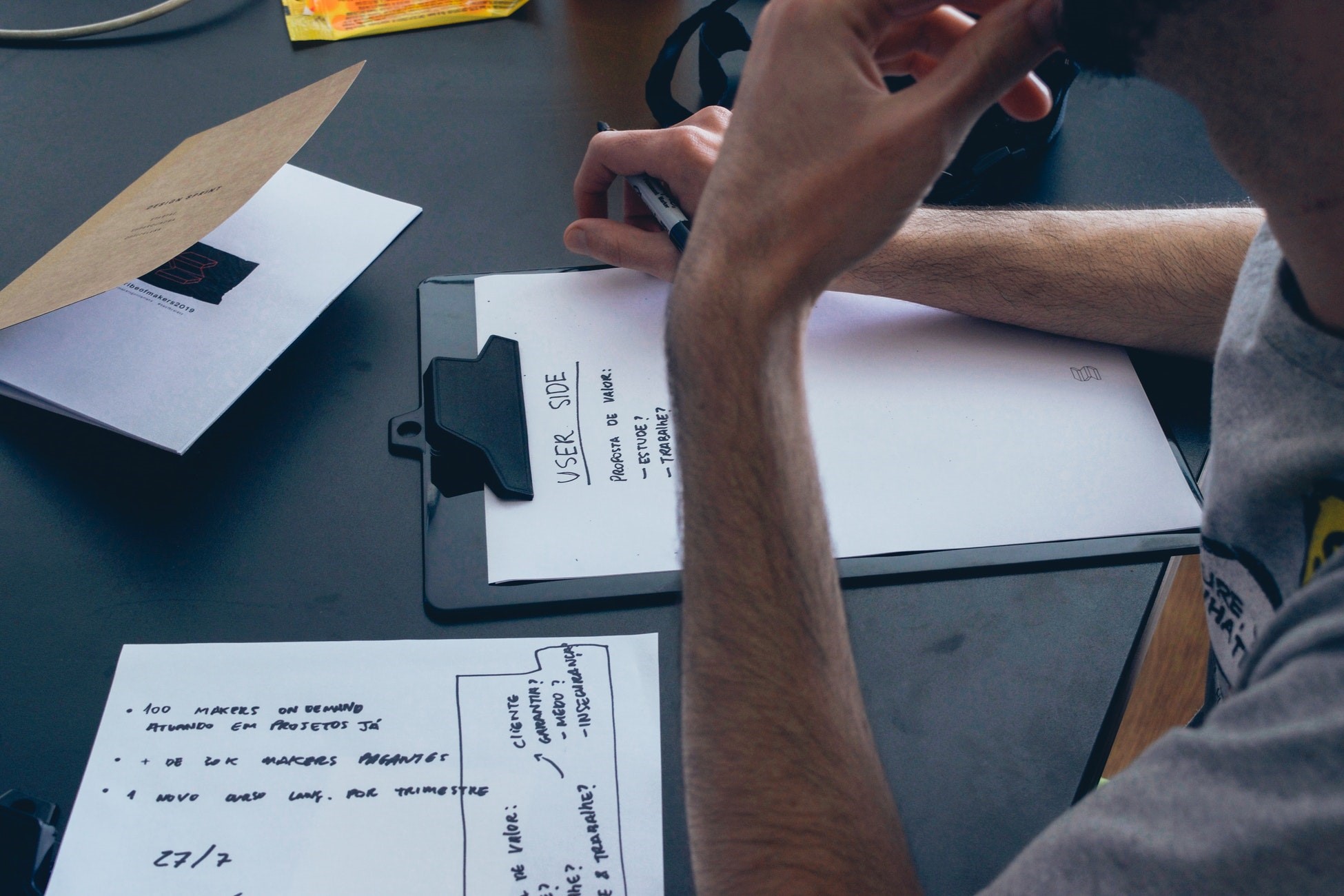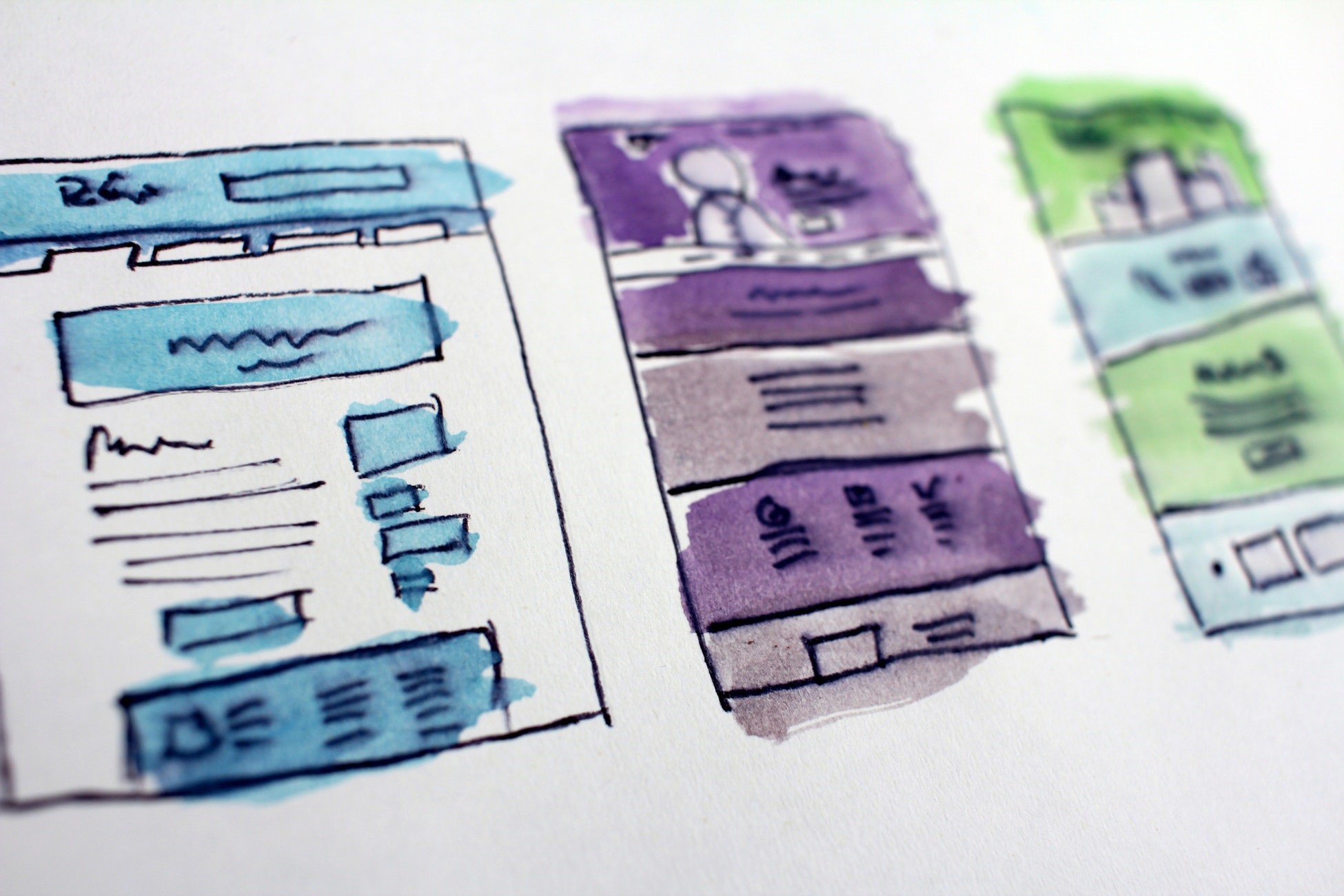
Technology can have a major impact on the healthcare domain. Nowadays, we can track and monitor behavior to help understand health issues, use technology to acquire more precise data or work with devices to support medical professionals to perform accurate procedures. The possibilities are endless. Unfortunately, not many technologies have been fully adopted within the healthcare domain. However, there are some steps you can take to heighten the chance of success.
Many technologies for the healthcare domain can now be controlled through mobile applications. In some cases, the mobile application is the e-health technology. However, creating an efficient application that actually resolves a problem or engages the user is easier said than done. In the end, if the user does not find the application easy to use or if they do not see the benefits of using it, chances are that they will not make optimal use of the e-health technology. In some cases, they fully disregard technology.
When reading the last paragraph, one should already ask themselves the next question: who is the user in this case? Who are we actually creating the product for? This might seem like a logical question to ask, but, in many cases, the actual end-user is forgotten during the process. Your application could look highly professional and be highly sophisticated from a technical perspective, but the user is the one who decides if they will use it. In most healthcare cases, the user is the medical professional and, perhaps, the patient.
In order to understand how your user interacts with technology and how it will fit within their world, you must include them within your application development. Equally important, you should involve your actual users before the development phase even starts. In the end, the e-health technology should solve a problem or support the professional within their work. So, the question is, what is the actual problem we are trying to solve?

The healthcare professional encounters the problem every single day and no one understands the issue better than them. However, they might not know which technical possibilities are available and what can actually be done to solve the problem. When all the stakeholders of the project sit together, that is when real solutions are created. This is called participatory design. Stakeholders are all parties involved in the project and can include the end-users, developers, researchers, etc. Everyone brings in their own expertise, which is necessary to create a fully functioning, user-friendly product.
Some technical solutions could solve the problem, but might not work in the environment of the healthcare professional. Other solutions might seem better, but developers could find flaws in the way it will operate in the end. Resolving these issues prior to developing the actual application will not only heighten the chances of success, but it will also save a lot of development costs since issues are detected in an earlier stage.
During the development phase, it is equally important to keep stakeholders involved. It can be hard to imagine what it will be like to use the technology in the actual workspace: allowing professionals to work with prototypes will provide many insights into practical issues. If patients are end-users of the product, their environment and capabilities also need to be taken into account. Ensuring the application is usable and provides a good user experience will make the implementation of the technology a lot easier.

Working together is extremely important and it could lead to creating better and more successful applications. There is not one stakeholder who designs the product, but many stakeholders that craft and change the product together.
Curious how Xablu can help your organization ?